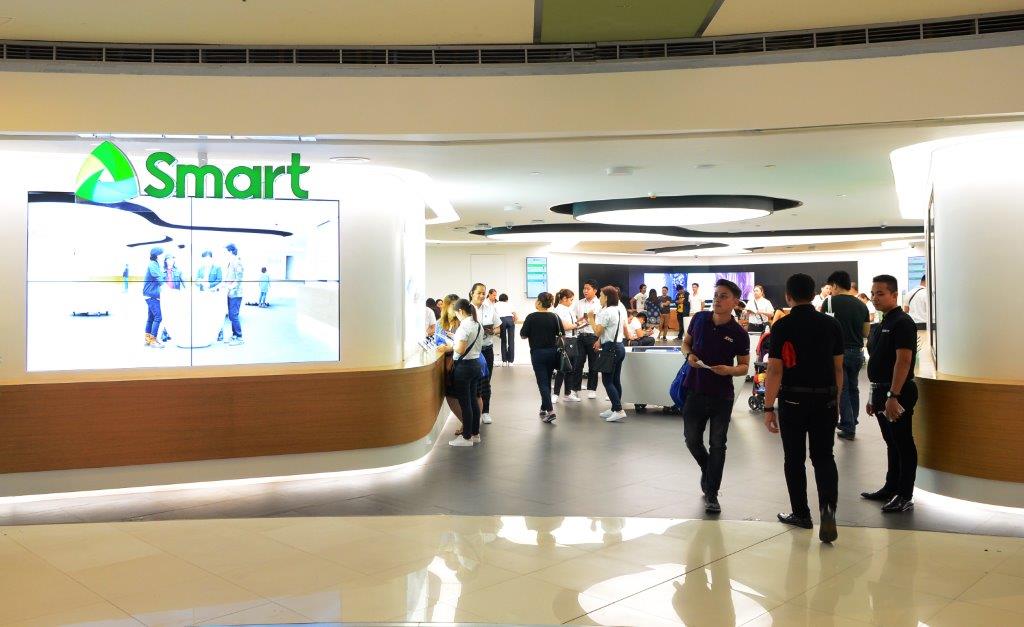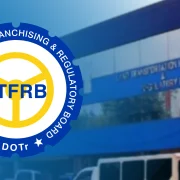Smart reenters device market with 5G phone

After an eight-year absence, PLDT Inc. wireless unit Smart Communications Inc. has reentered the device market with the launch of an affordable mobile phone that will support 5G technology enabling quicker internet connectivity.
On Thursday, the telco unit of the MVP Group introduced Smart ZTE Blade A75 5G model in partnership with global information and communication technology company ZTE.
It has a price tag of P5,450, a lower price point compared to the average P8,000 to P9,000 range for 5G devices in the market.
This bolsters chances of Smart hitting its goal to have 12 million 5G subscribers by the end of the year.
“Price remains the biggest barrier for many Filipinos to upgrade to a 5G smartphone. We aim to break that barrier with the Smart ZTE Blade A75 5G, which is quite a steal considering its features and inclusions,” said Alex Caeg, head of Smart consumer wireless business.
The midrange 5G mobile device has a 6.6-inch display and equipped with 50-megapixel camera.
As of the latest report, Smart has 60.8 million mobile subscribers, about 10 percent of which are 5G users.
PLDT and Smart deputy network head Roderick Santiago, in an interview with the Inquirer, said they were eyeing to grow the number of 5G users with the introduction of the new device.
“We are being aggressive. We would like to double it. It depends on the uptake of the devices,” he said.
Apart from the sale of the devices, Santiago explained they were also trying to convert its existing 3.4 million 3G and 2G users to 5G.
Smart has combined 5G and 4G networks available to 97 percent of the population.
The 5G technology enables download rates of more than 10 gigabits per second, which is 100 times quicker than 4G.
According to a report by mobile insights firm GSMA, 5G adoption in the Philippines is estimated to rise from just 6 percent in 2023 to 46 percent in 2030 as telco players invest in putting up more infrastructure. This means nearly half of the Filipino population is expected to tap 5G when accessing the internet.
With this growth, 4G penetration is expected to go down from 80 percent to 51 percent in the same period.





















